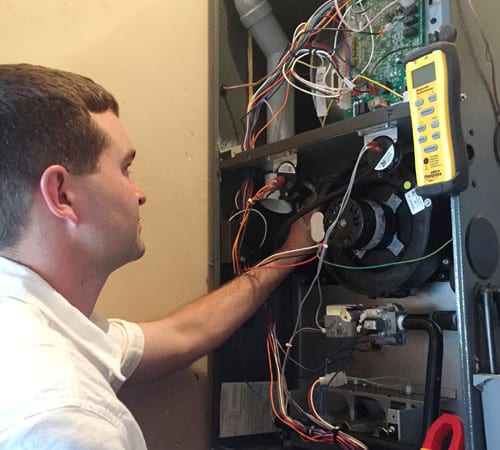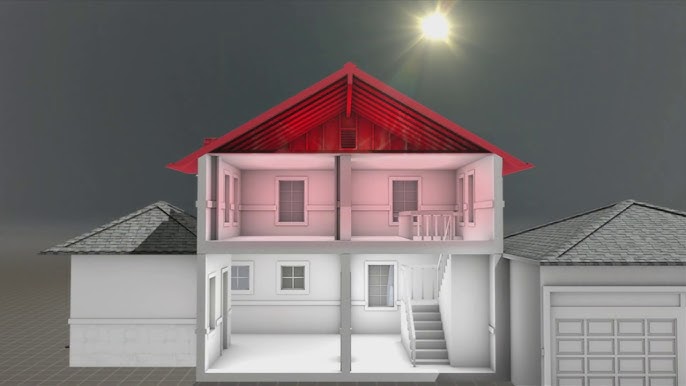.jpg)
Ductwork is a part of an HVAC system that serves one of the most important purposes. Ductwork is responsible for transferring cooled or heated air throughout your home or commercial space. There are many different types of ductwork material and shapes you can choose from. They each have their own advantages and disadvantages. The type of ductwork you use greatly depends on your specific HVAC needs with the help of an HVAC professional. In general, there are two different types of ductwork: rigid and flexible. Below we explain, the pros and cons of each.
Sheet Metal Ductwork
The most common type of ridged air duct is constructed of galvanized steel or aluminum. Sheet metal air ducts are the most durable type of air duct construction, and because their non-porous surface, are the least likely to have mold or biological growth. Furthermore, galvanized steel ducting has a zinc coating that can deter rust. These ducts are most commonly lined with fiberglass, externally wrapped or can be double walled. Aluminum ductwork is very light and easy to install. They can also be customized depending on your needs.
Fiberglass Ductwork
These panels are designed with built in thermal insulation. The lining is used as insulation from heat loss and avoid condensation. The interior surface of these ducts absorb sound, and provide a quiet operation for both heating and cooling. As a result, this type of ducting is common in commercial or office buildings. However, the fiberglass in the ducting can deteriorate and release particles into the air. Along with their potential for deterioration long term exposure to these particles can be a major health concern.
Fiberboard Ductwork
Fiberboard air ducts are constructed by boards of compressed resin bonded by inorganic glass fibers. Unlike fiberglass ducting, the interior of the fiberboard ducting is used to seal and prevent fiberglass particles from dispersing into the airflow. Furthermore, they are insulated and provide sound barrier and thermal benefits. They are commonly the most affordable type of ducting to install. However, they are not recommended due to harboring mold and bacteria in humid climates. Due to their rough surface they can also restrict airflow and decrease efficiency.
Flexible Ductwork
Flexible air ducts are constructed with a spring steel wire helix, encapsulated in a 2-ply, polymer plastic. They come in a variety of configurations are inexpensive, lightweight, and easy to install. They are best used in spaces where rigid ducting is not a possibility. It is important that the lengths of the flexible air ducts be kept as short as possible. A large amount of bends, sharp turns need to be kept at a minimal. A large number of these can great greatly reduce system air flow and effect system performance and efficiency. On the other hand flex duct is a good option for indoor air quality because they are mold and rust resistant.
Contact us today at (818) 341-3406 or online for a free estimate for installation or replacement. Although you may never think about your ducting, they serve an important purpose as part of your HVAC system. At some point, you may need to replace your ductwork to keep the efficiency of your HVAC system. Contact us today to see how we can help with your project. To learn more about services our company offers, please visit our homepage.
Different Types of Ductwork Related Posts:
- Ductwork Facts All Homeowners Need to Know
- Signs Your Ductwork Should Be Replaced
- How Your HVAC System Can Alleviate Allergy Symptoms
- AC Installation Los Angeles











































